It has set its sights on making the massive approach roads and tunnel project the greenest road ever built in the UK.
As such it is being officially designated as an industry pathfinder to explore carbon neutral construction as part of the agency’s commitment to net zero maintenance and construction emissions by 2040.
National Highways chiefs believe they can remove an estimated total of 66 million litres of diesel from the worksites.
The commitment comes a month into the start of the Planning Inspectorate’s detailed examination of the Lower Thames Crossing project.
If the plans are approved, construction is currently expected to start in 2026.
National Highways is aiming to buy the supply, storage and distribution of over 6 million kilograms of hydrogen to use on the project, which will replace around 20 million litres of diesel.
The Thames Freeport, which is directly adjacent to the proposed tunnelling compound, has already been identified as a potential hydrogen supply site.
While projects like HS2 have trialled small hydrogen generators, the Lower Thames Crossing would be the first to use the fuel on a large scale to power common machinery like excavators and dump trucks.
The project also plans to use electric plant for static or slow-moving machinery, where a mains connection is possible and in smaller equipment where battery solutions are viable.
Other renewable fuel sources and biofuels may also be used.
Matt Palmer, executive director, Lower Thames Crossing said: “The proposed Lower Thames Crossing is designed to be the greenest road ever built in the UK, with the aim of being carbon neutral in construction.
“At the heart of these plans is the use of clean low-carbon hydrogen power, and by using it on such a large scale to power our heavy construction machinery that is traditionally hard to electrify, we can significantly reduce our carbon footprint, accelerate the construction industry’s shift away from diesel, and help kick start the creation of a hydrogen ecosystem in the Thames Estuary.”
Alasdair Reisner, CEO of the Civil Engineering Contractors Association, added: “We have a shared challenge to drive carbon out of the construction industry, finding alternatives to diesel is vital.
“The journey will be difficult unless we start to make progress now and the leadership shown by the Lower Thames Crossing to use hydrogen at this unprecedented scale shows it can be done, and invites others to take a similarly bold step forward.”

.gif)



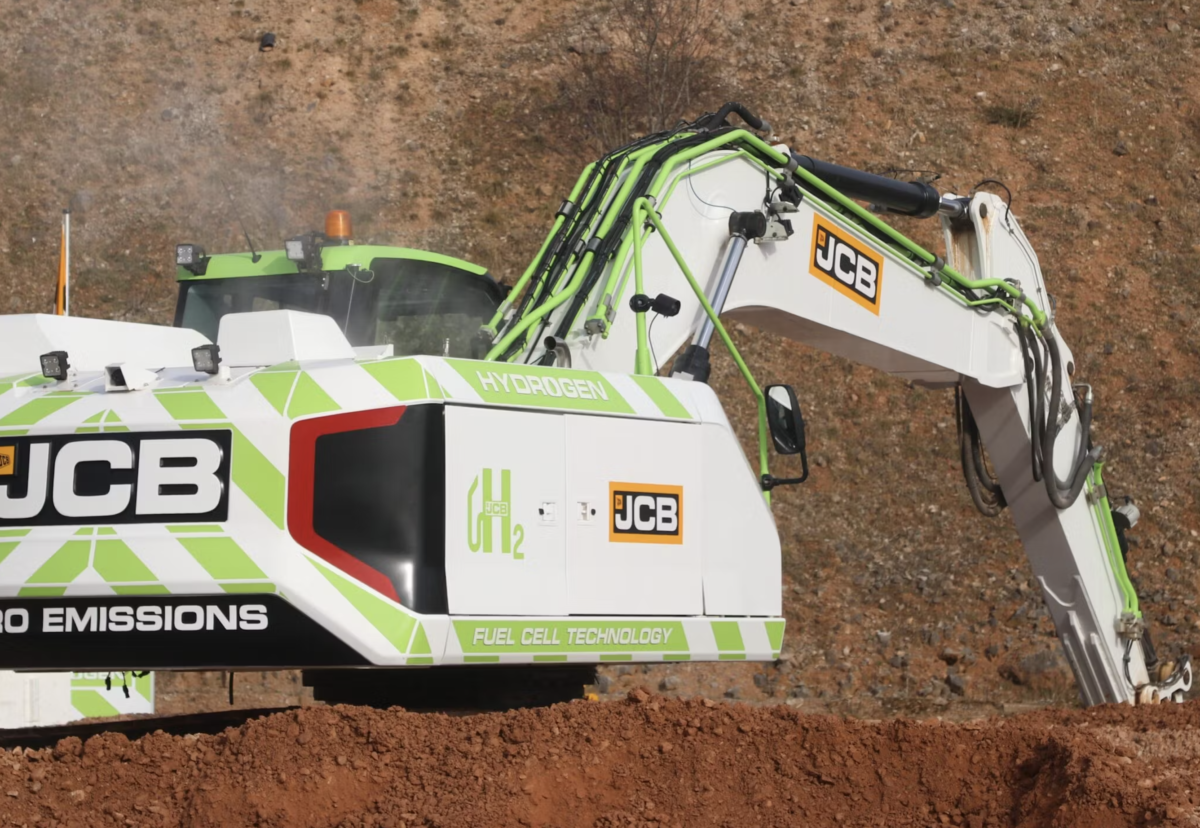






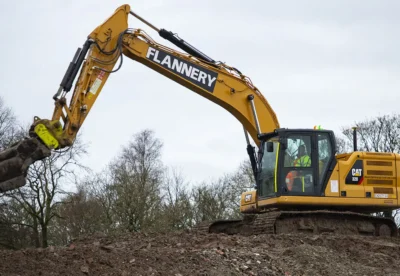





.gif)
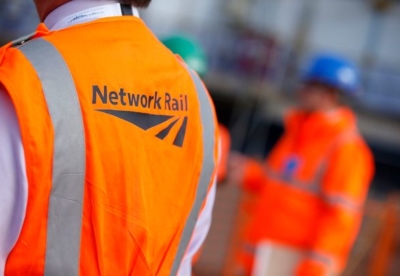



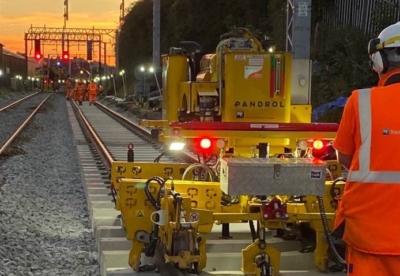



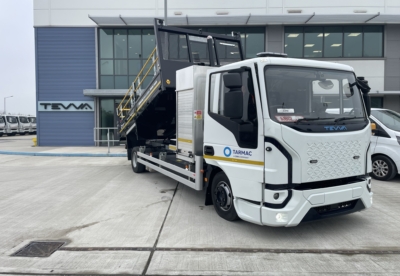
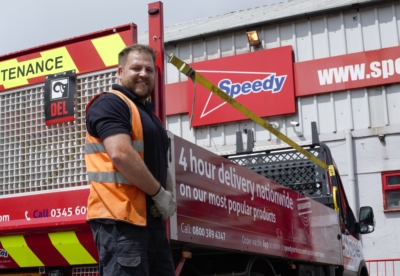
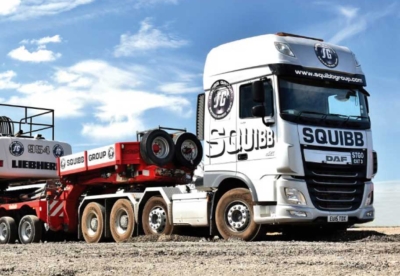
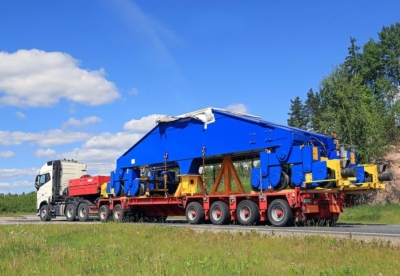
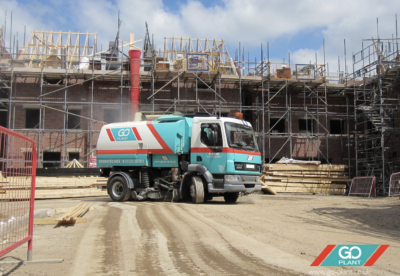



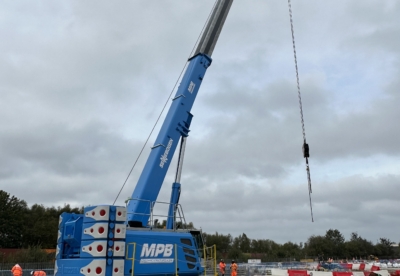
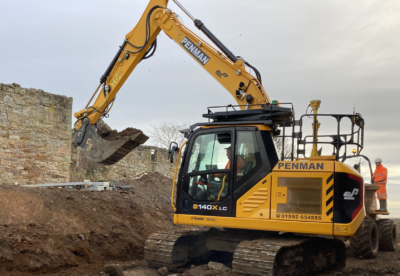
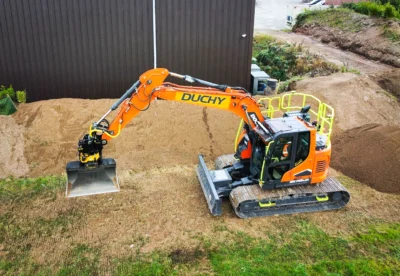


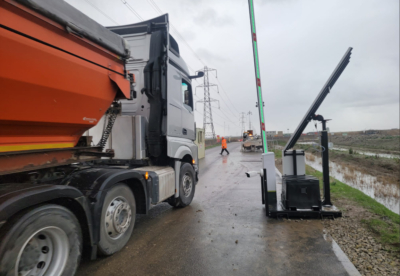
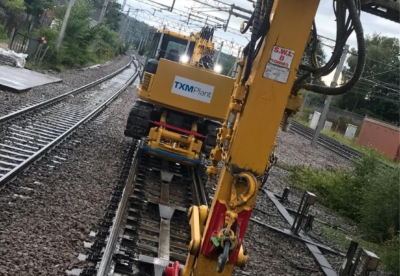


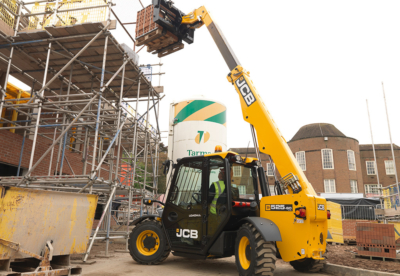

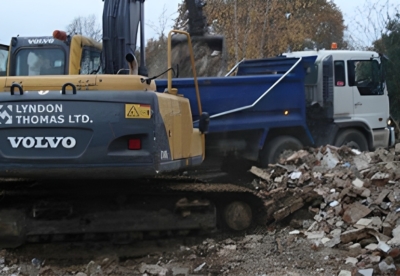







 (300 x 250 px).jpg)